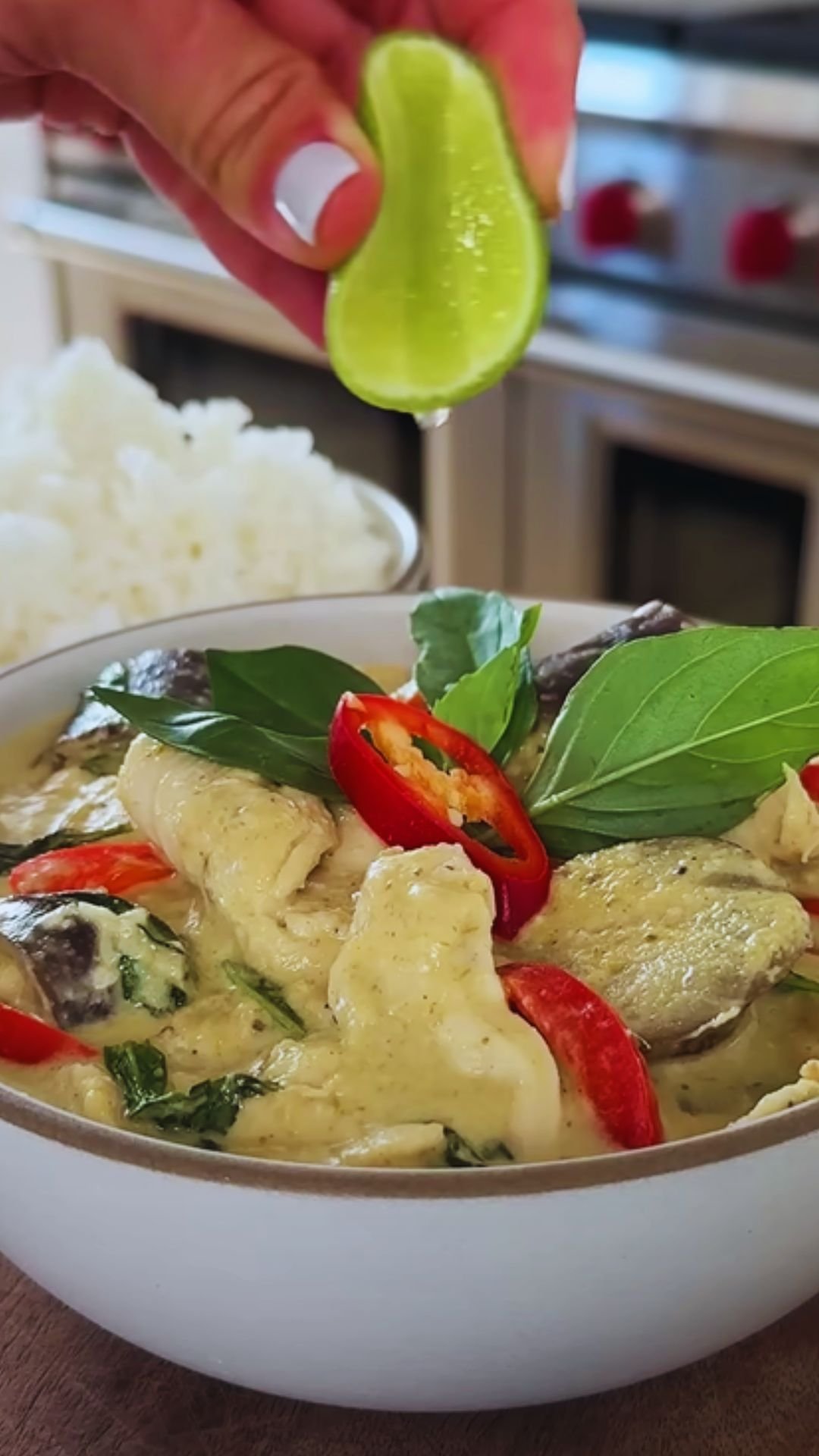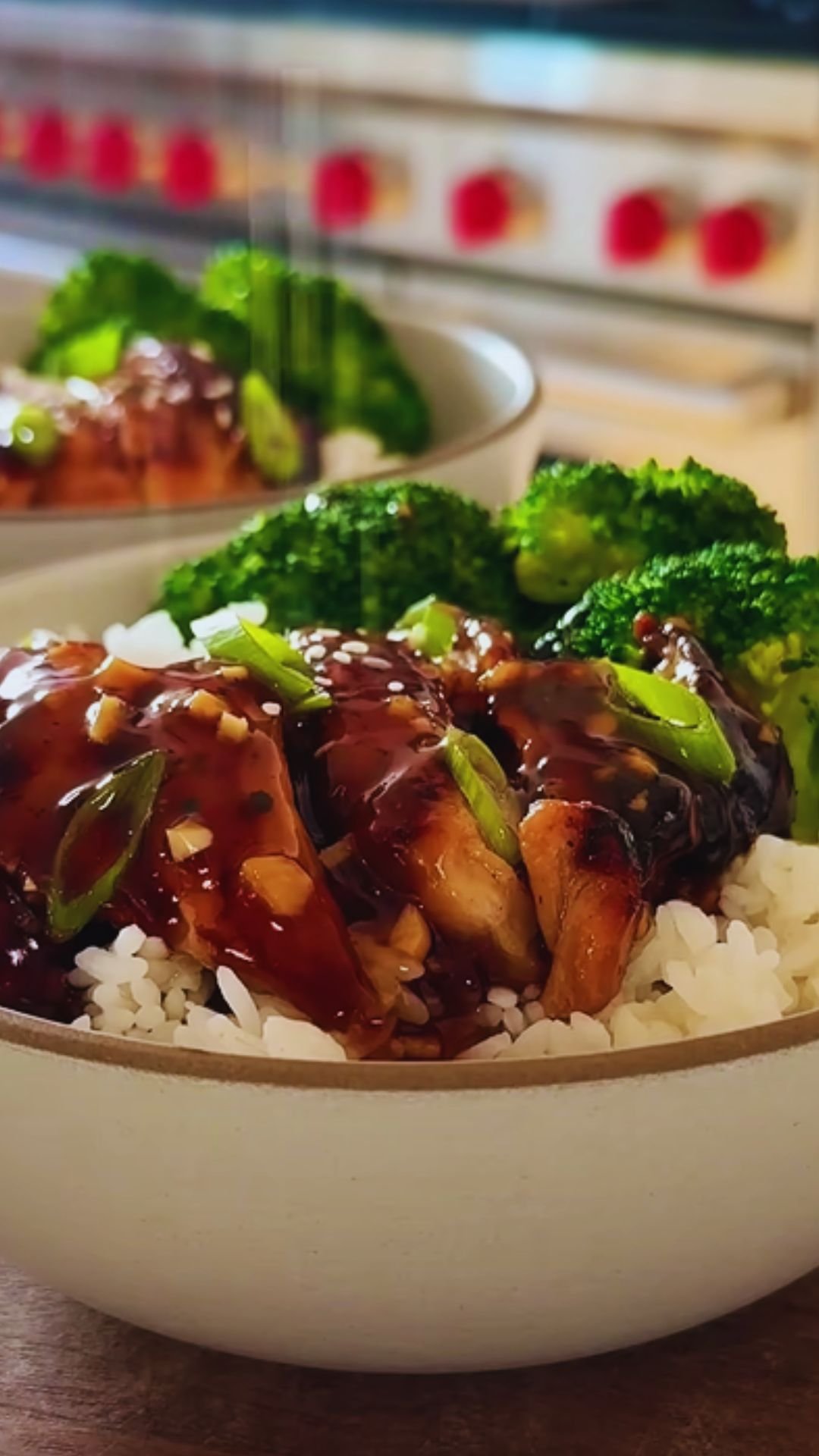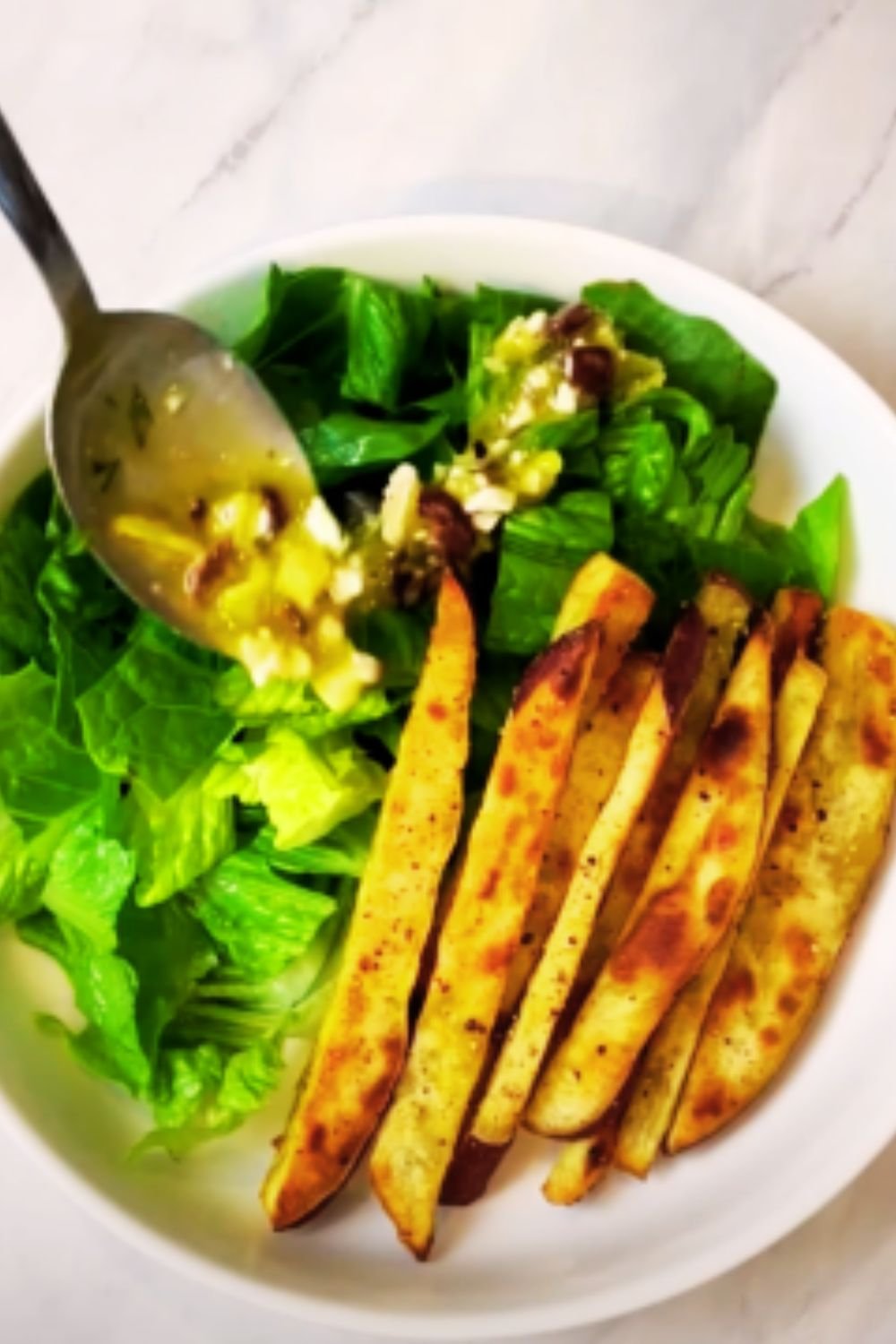There’s something magical about the aroma of Jamaican curry chicken wafting through the kitchen. It immediately transports me to the vibrant streets of Kingston, where food vendors dish out this national treasure with a smile. After years of perfecting this recipe, I’m excited to share my authentic Jamaican curry chicken with you—a dish that celebrates the island’s rich culinary heritage and unique blend of spices.
The History Behind the Dish
Jamaican curry isn’t just a meal; it’s a delicious history lesson. When Indian indentured workers arrived in Jamaica in the 1800s, they brought their cooking techniques and spice blends with them. Over generations, these traditional Indian curry preparations evolved, incorporating local ingredients and African influences to create something uniquely Jamaican.
I’ve always been fascinated by how Jamaican curry differs from its Indian counterpart. The Jamaican version typically features a distinctive yellow color from turmeric and a characteristic warmth from allspice (pimento) berries—an indigenous Caribbean spice that gives Jamaican cuisine its signature flavor profile.
What Makes Jamaican Curry Chicken Special?
Jamaican curry powder is the heart and soul of this dish. Unlike many commercial curry powders, the Jamaican blend has a complex flavor profile that balances heat with aromatic spices. While you can purchase pre-made Jamaican curry powder, I find making my own blend delivers the most authentic results.
Another key aspect is the preparation method. In Jamaica, the chicken is traditionally “seasoned up” hours before cooking, allowing the marinade to penetrate deeply. Then comes the crucial step of “burning” the curry powder in hot oil before adding the chicken—a technique that releases the full depth of flavors in the spices.
Essential Ingredients
Jamaican Curry Powder Components:
- Turmeric
- Coriander
- Cumin
- Fenugreek
- Mustard seeds
- Allspice (pimento)
- Scotch bonnet pepper
- Black pepper
- Ginger powder
Each component plays a vital role in creating that distinctive Jamaican curry flavor, with allspice being particularly important as it’s native to Jamaica and gives the curry its unique island character.
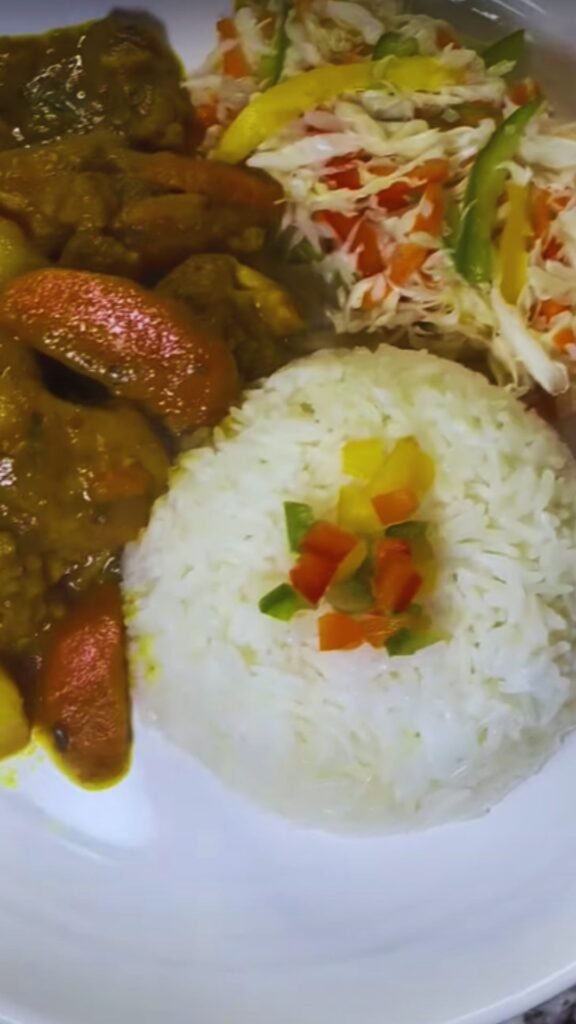
The Complete Ingredient List
Here’s everything you’ll need to create this authentic dish at home:
| Ingredient | Quantity | Notes |
|---|---|---|
| Chicken thighs and legs | 3 pounds (1.4 kg) | Bone-in, skin removed for authentic texture |
| Jamaican curry powder | 4 tablespoons | Use quality curry powder or make your own |
| Onion | 1 large | Finely diced |
| Scallions (green onions) | 4 stalks | Chopped |
| Garlic | 6 cloves | Minced |
| Fresh thyme | 4 sprigs | Whole sprigs |
| Scotch bonnet pepper | 1 | Whole for flavor, chopped for extra heat (handle with care!) |
| Fresh ginger | 2-inch piece | Grated |
| Potatoes | 2 medium | Cut into 1-inch cubes |
| Carrots | 2 medium | Sliced |
| Vegetable oil | 3 tablespoons | For “burning” the curry |
| Fresh lime juice | 2 tablespoons | For the marinade |
| Tomato | 1 medium | Diced |
| Coconut milk | 1 cup (240ml) | Full-fat for best results |
| Water or chicken stock | 2 cups (480ml) | Adjust based on desired sauce consistency |
| Salt and black pepper | To taste | |
| All-purpose seasoning | 1 tablespoon | Optional, but commonly used in Jamaica |
Marinating the Chicken
Proper marination is critical for developing the deep flavors that make Jamaican curry chicken so irresistible. I’ve found that an overnight marinade yields the best results, but if you’re short on time, aim for at least 2-4 hours.
The Marinade Mix:
- 2 tablespoons lime juice
- 3 cloves minced garlic
- 2 chopped scallions
- 1 tablespoon grated ginger
- 1 tablespoon of your curry powder
- 1 teaspoon salt
- 1/2 teaspoon black pepper
- Optional: 1 tablespoon all-purpose seasoning
After washing the chicken with water and lime juice (a traditional Caribbean practice for cleaning meat), pat it dry and coat thoroughly with the marinade. Place in a sealed container and refrigerate until you’re ready to cook.
Step-by-Step Cooking Method
I’ve refined this process over many attempts, and I believe this method captures the essence of how curry chicken is prepared in Jamaican households:
- Heat the vegetable oil in a large, heavy-bottomed pot over medium heat.
- Add 3 tablespoons of curry powder to the hot oil and stir continuously for 1-2 minutes until fragrant. This “burning” process is crucial for developing flavor and should be done carefully to avoid scorching the spices.
- Add the diced onion and cook until translucent, about 3-4 minutes.
- Add the remaining minced garlic and ginger, continuing to stir for another minute until aromatic.
- Increase the heat to medium-high and add the marinated chicken pieces. Stir to coat the chicken with the curry mixture.
- Brown the chicken on all sides for about 5-7 minutes. This seals in the flavors and improves the final texture.
- Pour in the water or chicken stock, scraping any browned bits from the bottom of the pot.
- Add the whole Scotch bonnet pepper (do not cut it unless you want significant heat), thyme sprigs, and diced tomato.
- Reduce heat to low, cover, and simmer for 25 minutes, stirring occasionally.
- Add the potato and carrot pieces, cover again, and cook for another 15-20 minutes until the vegetables are tender and the chicken is falling off the bone.
- Pour in the coconut milk and simmer uncovered for 10 minutes to thicken the sauce.
- Taste and adjust seasoning with salt and pepper as needed.
- Remove the scotch bonnet pepper and thyme sprigs before serving.
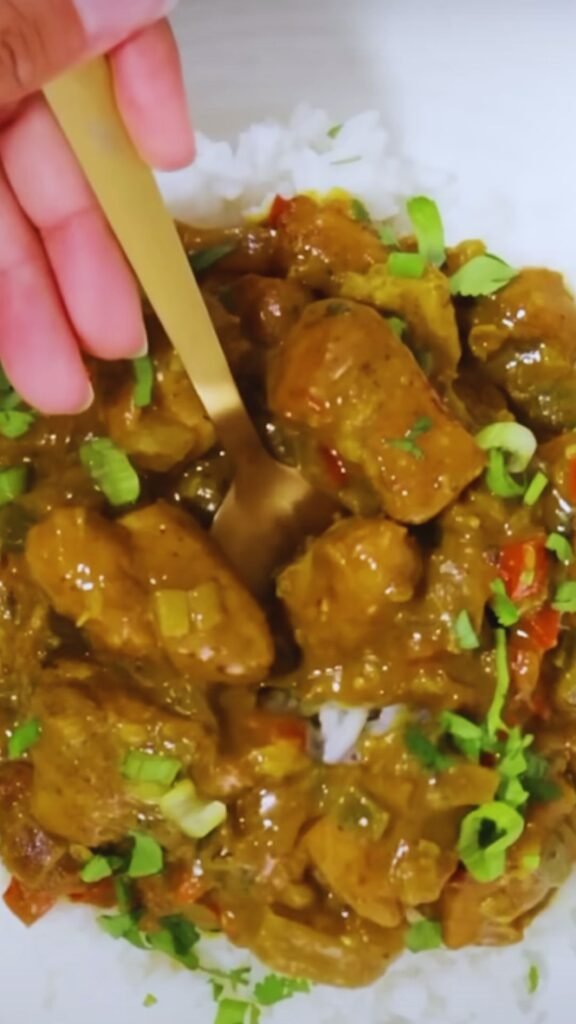
Common Mistakes to Avoid
Through my journey of mastering this dish, I’ve learned several lessons that might help you avoid common pitfalls:
- Skipping the “burning” step: This is where the magic happens. Don’t rush this crucial process that develops the complex flavors of the curry powder.
- Using boneless, skinless chicken breast: Traditional Jamaican curry chicken uses bone-in pieces, usually thighs and legs, which provide more flavor and remain juicy throughout the long cooking process.
- Not allowing enough simmering time: Curry chicken needs time for the flavors to meld and the meat to become tender. Rushing this process results in a less developed flavor profile.
- Adding coconut milk too early: Add it toward the end of cooking to prevent it from separating or reducing too much.
- Cutting the Scotch bonnet pepper: Unless you want extreme heat, keep the pepper whole to impart flavor without overwhelming spiciness. Remember to remove it before serving.
Regional Variations
What I love about Jamaican curry chicken is how diverse it can be across different regions of the island:
Kingston Style:
The urban version often includes more commercially available spices and sometimes includes bell peppers for added color and flavor.
Country Style:
In rural Jamaica, curry chicken might include more local ingredients like fresh callaloo or chocho (chayote) alongside the potatoes and carrots.
Coastal Variations:
Near the coast, you might find seafood curry variations or curry chicken prepared with a touch of fresh coconut water in addition to coconut milk.
Serving Suggestions
In Jamaica, curry chicken is rarely eaten alone. Here are my favorite traditional accompaniments:
- Rice and Peas: The classic companion to curry chicken, this dish combines rice with kidney beans or pigeon peas, coconut milk, and spices.
- Festival: Sweet, fried cornmeal dumplings that provide a perfect contrast to the spicy curry.
- Fried Plantains: The sweetness of ripe plantains balances the curry’s heat and spice.
- Cucumber Salad: A refreshing side of thinly sliced cucumbers, tomatoes, and onions dressed with vinegar.
- Roti: Flatbread perfect for scooping up the flavorful curry sauce.
- Fresh Fruit Juice: Mango, sorrel, or passion fruit juice complements the meal beautifully.
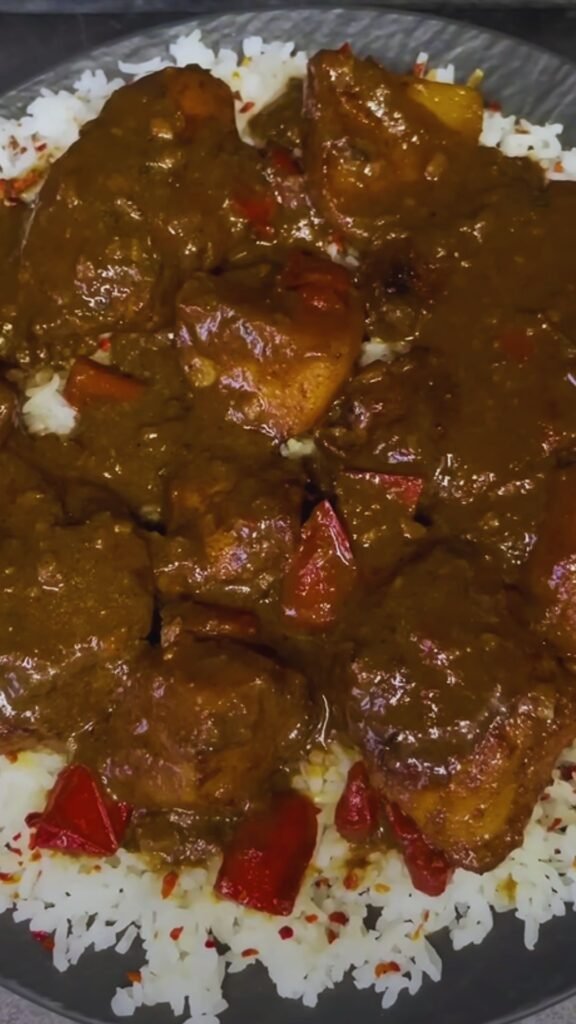
Nutritional Information
For those mindful of dietary information, here’s an approximate nutritional breakdown per serving (assuming 6 servings from this recipe):
| Nutrient | Amount per Serving |
|---|---|
| Calories | 420 kcal |
| Protein | 32g |
| Carbohydrates | 18g |
| Fat | 25g |
| Fiber | 3g |
| Sodium | 680mg |
| Potassium | 720mg |
| Iron | 15% DV |
| Vitamin A | 45% DV |
| Vitamin C | 30% DV |
Note: These values vary based on specific ingredients and portions.
Making It Your Own: Customization Options
While I’m a stickler for authenticity, I also believe cooking is personal. Here are some acceptable modifications that won’t compromise the dish’s Jamaican soul:
- Heat Level: Adjust the Scotch bonnet pepper amount based on your spice tolerance. For mild curry, use half a pepper without cutting it. For extra heat, add a second pepper or mince one into the dish.
- Protein Substitution: While chicken is traditional, goat and mutton are also commonly curried in Jamaica and make excellent substitutions.
- Vegetable Additions: Sweet potatoes, bell peppers, or chickpeas can be added for extra texture and nutrition.
- Dietary Restrictions: For a dairy-free version, simply rely solely on coconut milk (traditional Jamaican curry doesn’t use dairy anyway). For a lighter version, use light coconut milk.
Storage and Reheating Tips
One of my favorite things about curry chicken is that it often tastes even better the next day! Here’s how to properly store and reheat your leftovers:
- Refrigeration: Store in an airtight container for up to 3-4 days.
- Freezing: Portion into freezer-safe containers and freeze for up to 3 months.
- Reheating: Gently reheat on the stovetop with a splash of water or coconut milk to restore the sauce consistency. Microwave reheating works but may affect texture slightly.
Making Your Own Jamaican Curry Powder
For the most authentic experience, try making your own Jamaican curry powder. It’s surprisingly simple and results in a fresher, more vibrant flavor:
| Ingredient | Quantity |
|---|---|
| Ground turmeric | 4 tablespoons |
| Ground coriander | 2 tablespoons |
| Ground cumin | 2 tablespoons |
| Ground fenugreek | 1 tablespoon |
| Ground mustard | 1 tablespoon |
| Ground allspice | 2 tablespoons |
| Ground ginger | 1 tablespoon |
| Ground black pepper | 1 tablespoon |
| Ground scotch bonnet (optional) | 1 teaspoon |
Simply mix all ingredients thoroughly and store in an airtight container away from light and heat. This blend will keep for up to 3 months and can be used for other Jamaican dishes like curry goat or vegetable curry.
Health Benefits of Key Ingredients
Jamaican curry chicken isn’t just delicious—it’s also packed with beneficial ingredients:
- Turmeric: Contains curcumin, which has powerful anti-inflammatory and antioxidant properties.
- Allspice: Rich in eugenol, which has antimicrobial properties and aids digestion.
- Scotch Bonnet Peppers: Contain capsaicin, which may boost metabolism and has pain-relieving properties.
- Thyme: High in vitamin C and a good source of vitamin A.
- Ginger: Helps reduce nausea and has anti-inflammatory effects.
- Coconut Milk: Provides healthy fats and medium-chain triglycerides (MCTs).
Frequently Asked Questions
Q: Can I use regular curry powder instead of Jamaican curry powder?
While you can substitute in a pinch, regular curry powder lacks the specific flavor profile of Jamaican curry, particularly the allspice component. I recommend either purchasing Jamaican curry powder or making your own blend using the recipe I’ve provided.
Q: How spicy is authentic Jamaican curry chicken?
Authentic Jamaican curry chicken has a moderate heat level with complex spice notes that go beyond just the heat. You can easily adjust the spiciness by controlling how much the Scotch bonnet pepper is allowed to infuse into the dish.
Q: Can I make this in a slow cooker or pressure cooker?
Yes! For slow cooker: Still “burn” your curry powder in a separate pan, then transfer to the slow cooker with all ingredients except coconut milk. Cook on low for 6-8 hours, adding coconut milk in the last 30 minutes.
For pressure cooker: Use the sauté function to burn the curry powder and brown the chicken, then pressure cook on high for 12 minutes with a natural release. Add coconut milk after pressure cooking.
Q: What can I substitute for Scotch bonnet peppers?
Habanero peppers are the closest substitute. If neither is available, use Thai bird chilies or cayenne peppers, adjusting the quantity to match your heat preference.
Q: Is this dish gluten-free?
Yes, traditional Jamaican curry chicken is naturally gluten-free, but always check your curry powder and all-purpose seasoning ingredients if you’re using store-bought versions.
Q: How do Jamaicans traditionally eat curry chicken?
Typically with rice and peas as the main side dish, often accompanied by fried plantains, festival (fried cornmeal dumplings), or roti flatbread for scooping up the sauce.
Q: What makes Jamaican curry different from Indian or Thai curry?
Jamaican curry is distinguished by the use of allspice (pimento) and thyme, which aren’t typically found in Indian or Thai curries. It also tends to be less complex in terms of the number of spices used but has a distinctive island flavor profile.
A Cultural Connection
Every time I prepare this dish, I’m reminded of how food connects us to culture and history. Jamaican curry chicken isn’t just a meal; it’s a testament to the island’s diverse cultural influences and the creativity born from blending culinary traditions.
When you make this dish, you’re participating in a culinary tradition that spans continents and centuries. From the Indian workers who brought their spice knowledge to Jamaica to the African cooking techniques that influenced how the dish evolved, every bite tells a story of cultural exchange and adaptation.
I hope this guide helps you create an authentic taste of Jamaica in your kitchen. The combination of aromatic spices, tender chicken, and hearty vegetables makes for a truly satisfying meal that’s perfect for family dinners or special occasions. As they say in Jamaica, “Nyam and gwaan” – eat and enjoy!
